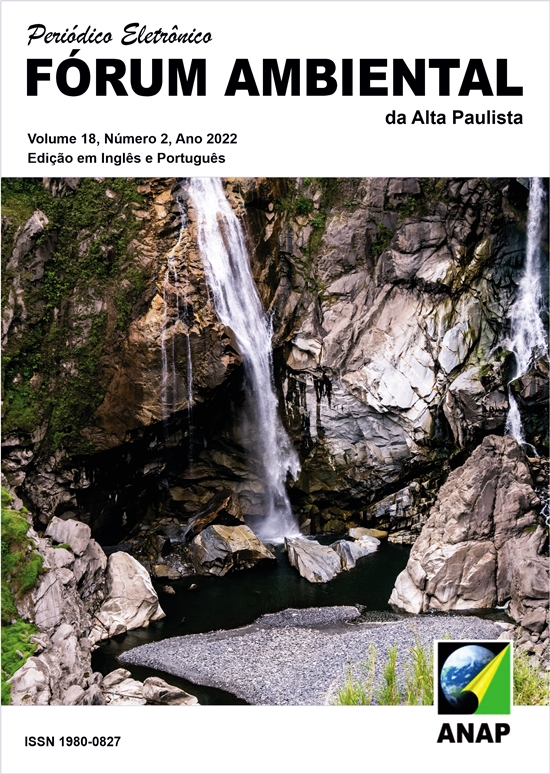Environmental Basin - History of Billings Reservoir’s Construction
DOI:
https://doi.org/10.17271/1980082718220223310Keywords:
Urbanization; Watershed, Billings reservoir; spring protection areas, socio-environmental vulnerabilities.Abstract
This article, as part of a doctoral research, discusses, based on a historical survey, the main aspects that contributed to the formation of the so-called – Greater ABC of São Paulo region, with emphasis on the urbanization process that radiated mainly during the 19th century from the city of Sao Paulo. In that context, two developments were recognized as inducing the transformation of the space – the railroad and the dam. For this study, its understanding was paramount to understand the various aspects that contributed to the territorial configuration of this important region of São Paulo, considering that this region is known for its economic and financial grandeur. However, when carefully observing the data referring to the arrangement of the municipalities that make up the greater ABC, as well as high HDI indices, one has the idea of a region that has achieved significant development, but the data and information found emphasize that this condition does not is homogeneously distributed, bearing in mind that there are socio-spatial inequalities among the seven municipalities in the region, which are materialized in various asymmetries stamped in the urban landscape of each municipality. In summary, it appears that this critical situation is the result of a wrong and incipient planning process that, among other aspects, led to an intense process of degradation of water bodies, in addition to intensifying situations of socio-environmental vulnerabilities.












